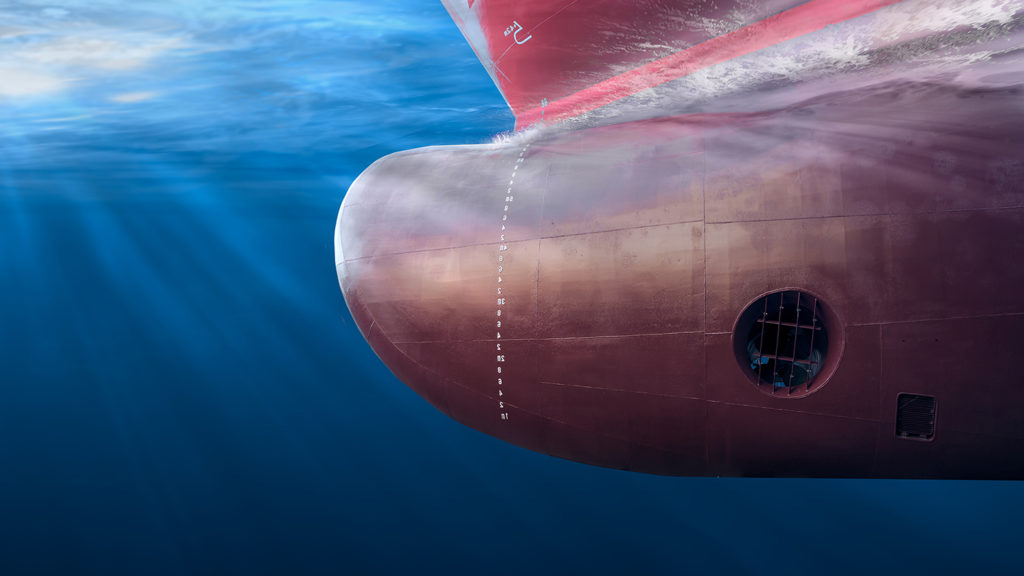A bow thruster, which is also known as side thruster, tunnel thruster, lateral thruster, is a propulsion device installed in the bow (front) of a ship or boat to enhance its maneuverability. This mechanism aids in lateral movement, allowing the vessel to navigate more easily in confined spaces, such as ports, harbors, and narrow waterways. Bow thrusters play a crucial role in improving the overall safety and efficiency of maritime operations.

Key Components and Operation:
Bow thrusters typically consist of a tunnel or tube that runs through the underwater portion of the ship’s bow. Within this tunnel, they mount one or more propellers. These can rotate horizontally, creating a side force that propels the vessel laterally. An electric motor, or a diesel engine, or a hydraulic system usually powers the thruster. It provides the necessary force to generate the desired directional control.
Types of Bow Thrusters
There are several types of bow thrusters, with the most common being electric, hydraulic, and mechanical thrusters. Electric motors drive electric bow thrusters, offering a quieter and more compact solution.
Advantages of Bow Thrusters:
- Enhanced Maneuverability: Bow thrusters significantly improve a vessel’s ability to move sideways, pivot, and navigate in tight spaces. It also reduces the risk of collisions and facilitating precise docking.
- Increased Safety: The improved maneuverability provided by bow thrusters enhances safety during critical operations, such as berthing, unberthing, and navigating through crowded areas.
- Versatility: Bow thrusters are particularly beneficial for large vessels, such as cruise ships, container ships, and oil tankers, where precise control is essential for safe navigation in harbors and ports.
- Reduced Environmental Impact: The precise control offered by bow thrusters can contribute to minimizing the environmental impact of maritime activities by preventing accidents and collisions that may result in spills or other ecological damage.
Challenges and Considerations:
While bow thrusters offer numerous advantages, there are also challenges to consider. These include the additional weight and complexity they add to a vessel, increased maintenance requirements, and potential energy consumption. However, technological advancements continue to address these challenges, making bow thrusters more efficient and reliable.
In conclusion, bow thrusters are indispensable components for modern maritime vessels, enhancing their maneuverability and safety in diverse operating conditions. As technology continues to evolve, these systems are likely to become even more sophisticated, contributing to the efficiency and sustainability of the maritime industry.
